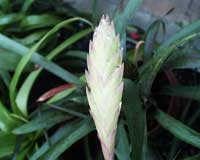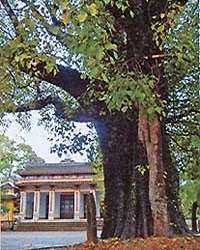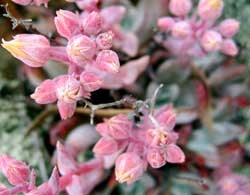In a report published in Science and Technology Daily on March 22, Chinese researchers revealed how plant species gather root zone microorganisms through a “distress signal” mechanism to protect themselves from the threat of pathogen invasion.

The microorganism Devosia can quickly respond and increase its “numbers” in the root zone to combat pathogens. (Photo: Capital Gardens)
Researchers at the Chinese Academy of Agricultural Sciences used a series of non-pathogenic bacteria that had been modified to simulate pathogen attacks.
They discovered that these “peaceful” bacteria could trigger a “distress signal” response, thereby gathering numerous microbial communities around the narrow zone between the roots and the soil.
This effect can even persist through multiple planting cycles, providing long-term protection for the crops.
According to the Chinese scientists, after plants send out the “distress signal,” a type of microorganism named Devosia can quickly respond and increase its “numbers” in the plant’s root zone to “fight” against pathogens and protect the plants.
The polypeptide component of Devosia can activate deeper responses and enhance the interaction between plants and microorganisms. This interaction is believed to be significant for the growth and health of crops.





















































